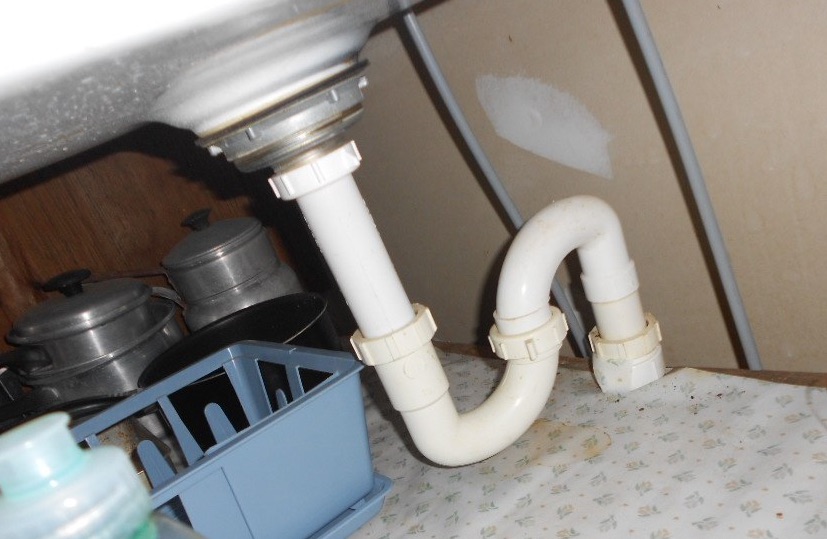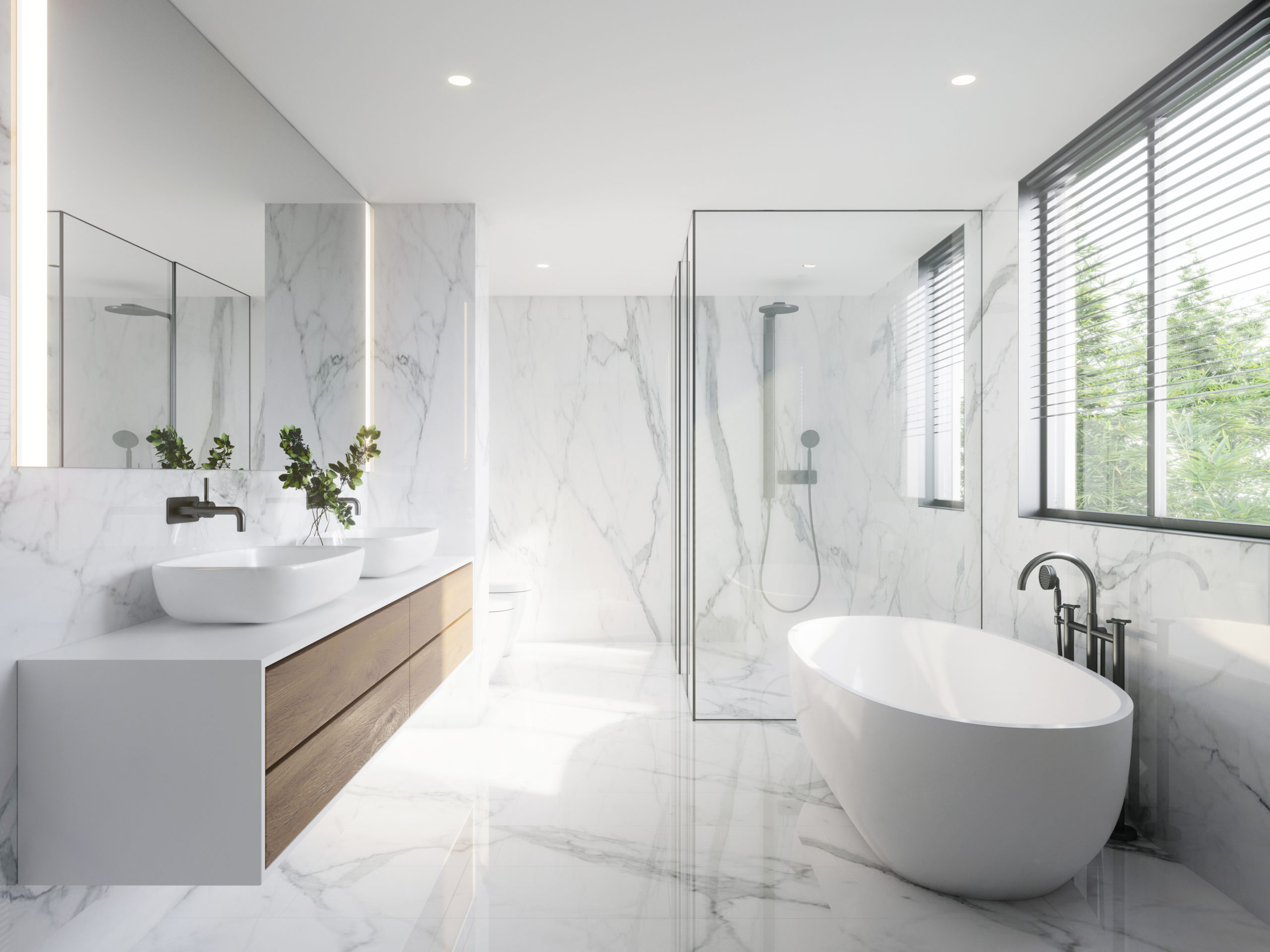Understanding The Necessity of Proper Ventilation in Plumbing Systems
Understanding The Necessity of Proper Ventilation in Plumbing Systems
Blog Article
Just how do you actually feel when it comes to Essential Plumbing Vent Pipes: Understanding Their Role?

Proper ventilation in plumbing systems is usually ignored, yet it is important for keeping the capability and safety of your home's pipes. Air flow aids regulate air pressure, protect against the build-up of dangerous gases, and make sure the efficient elimination of waste. In this guide, we will certainly explore the value of appropriate pipes ventilation, exactly how it works, and the benefits it gives your pipes system.
Just How Ventilation Functions in Pipes Equipments
Air Pressure Guideline
Proper ventilation preserves balanced atmospheric pressure within the pipes system. When water flows through pipes, it displaces air. Without sufficient ventilation, this variation can develop adverse pressure, leading to slow drains pipes or siphoning of water from catches, which can create undesirable odors to leak into the home.
Avoiding Drain Gas Build-up
One of the most essential features of pipes vents is to avoid sewer gases, such as methane and hydrogen sulfide, from building up within the home. These gases can pose serious health threats and are extremely flammable. Vent pipelines enable these gases to escape safely outdoors.
Aiding in Waste Removal
Ventilation aids in the efficient elimination of wastewater by stopping airlocks in the water drainage system. When air can move freely with the vents, it enables water and waste to flow smoothly through the pipes, minimizing the threat of blockages and backups.
Advantages of Proper Air Flow
Enhanced System Performance
Properly aerated pipes systems operate more successfully, with less clogs, faster draining pipes, and much less strain on the pipelines. This efficiency extends the life expectancy of the plumbing system.
Improved Air Top Quality
By avoiding sewage system gases from entering your home, proper ventilation contributes to much better indoor air top quality, making your living atmosphere healthier and extra comfortable.
Protecting Against Water Damage
Appropriate ventilation assists protect against water from being siphoned out of catches, which can cause sewage system gases getting in the home and causing water damage gradually.
Actions to Guarantee Appropriate Ventilation
Consulting Plumbing Codes
Always speak with regional pipes codes when designing or customizing your plumbing system. These codes supply the essential standards for correct airing vent and guarantee your system satisfies security requirements.
Regular Examination and Upkeep
Routine inspections can assist determine potential air flow problems prior to they become significant troubles. Maintenance jobs, such as cleansing vent pipes and checking for clogs, are important for maintaining the system in good working order.
Expert Installment
For brand-new installations or significant adjustments, it's a good idea to hire an expert plumbing. They have the knowledge to make certain the ventilation system is appropriately designed and set up according to code.
Understanding Ventilation in Pipes
Air flow in pipes refers to the network of pipes that allow air to move via the water drainage system. These vents serve numerous objectives, including controling air pressure within the pipes, preventing sewer gases from getting in the home, and assisting in the smooth flow of wastewater.
Types of Plumbing Vents
Key Stack Vent
The main stack air vent, likewise referred to as the air vent pile, is the main air vent in a plumbing system. It extends from the primary drain align via the roof, allowing gases to escape and fresh air to enter the system.
Branch Vent
Branch vents connect to the primary pile vent and serve individual fixtures, such as sinks, toilets, and showers. These vents make sure that each fixture has adequate ventilation to work correctly.
Air Admission Valve (AAV).
An Air Admittance Shutoff (AAV) is a one-way valve that allows air to get in the plumbing system without the requirement for a standard air vent pipeline expanding through the roof. AAVs are typically used in improvements or locations where installing a common air vent is not practical.
Indicators of Poor Air Flow in Plumbing.
Slow Draining Fixtures.
If your sinks, tubs, or commodes are draining pipes slowly, it could be an indicator of inadequate ventilation. Inadequate air circulation can produce a vacuum impact, making it challenging for water to drain appropriately.
Gurgling Sounds.
Gurgling noises coming from drains are often an outcome of air being sucked via water catches due to adverse pressure in the pipelines. This is a clear indicator of not enough ventilation.
Undesirable Odors.
Drain smells inside your home are a red flag that your pipes system is not correctly aerated. This can imply that drain gases are not being properly aired vent outside, bring about potentially dangerous conditions.
Typical Air Flow Blunders.
Inadequate Vent Sizing.
Using undersized vent pipes can result in poor air flow and pressure discrepancies in the system. It's vital to use vents that meet the certain demands of your plumbing system.
Improper Vent Placement.
Putting vents too much from the fixtures they serve can lower their performance. Correct placement ensures that air can flow freely and successfully via the system.
Ignoring Code Requirements.
Building codes supply particular guidelines for pipes ventilation. Disregarding these codes can cause a system that stops working to function appropriately and may result in pricey fixings or carcinogen.
Final thought.
Proper ventilation is a vital part of any type of pipes system, guaranteeing that it works efficiently and safely. By comprehending the value of ventilation, acknowledging the indications of bad ventilation, and taking actions to keep your system, you can protect against expensive concerns and shield your home's air high quality.
4 Things You Should Know About Your Plumbing Vents
What Plumbing Vents Are
Also called a vent stack, a plumbing vent is a vertical pipe attached to your drain line that runs through your roof. The plumbing vent pipe, or plumbing air vent, removes gas and odors from your plumbing system and allows fresh air to enter the pipes, helping the water to flow out of the drain pipes.
What Plumbing Vents Do
Plumbing vents have two basic functions. One of which is to allow unpleasant smelling wastewater and sewer gasses to escape your plumbing system instead of entering your home. Plumbing vent pipes are typically located on roofs, away from windows, to ensure the fumes exit the home completely.
The other function of the plumbing vent is to move fresh air into your plumbing system. This helps move water through every plumbing fixture in your house, like toilets and sink drains. Think of the way in which you need to let a little air into the bottle as you pour soda in order to make the drink flow smoothly.
Different Types of Plumbing Vents
True vent: This is the most common vent option. In simplest terms, a true vent is a vertical pipe attached to your drain line that exits through the roof. They often function as the main vent that other fixtures can connect to. Re-vent pipe or auxiliary vent: Attached to the drain line near specific plumbing fixtures, re-vent pipes run up and over to connect to the main vent. Common vent: Two plumbing fixtures installed on opposite sides of a wall are typically tied into the vent stack using something known as a sanitary cross. Wet vent: This venting option operates as a drain pipe and a vent at the same time. Wet vent drainage systems drain water from one fixture while venting the air from another. Although they’ve been used for over 100 years, wet vent systems have only recently been added to the plumbing code in many areas. If you’re planning on installing one in a bathroom remodel, make sure you check your local code prior to construction. Loop vent: For free-standing fixtures like kitchen island sinks, loop vents are ideal. These vent pipes run under the floor, rise from the P-trap, and create a loop inside the cabinet sink. Air admittance valve: An AAV is a one-way mechanical valve typically installed at the site of the plumbing fixture. AAVs allow venting to occur without having to tie into a larger venting system. They’re ideal for venting fixtures where you aren’t able to easily connect to an existing vent system. Common Plumbing Vent Issues
Although vent pipes typically don’t have water flowing through them, they’re still subject to many typical plumbing issues. For example, clogs are one of the most common problems associated with sewer vent pipes. If your vent pipe gets clogged, all of your plumbing fixtures tied into the vent stack will be affected.
A sink with a slow drain that bubbles and gurgles or a strong sewage smell around your toilet are both indicators that your toilet vent pipe is clogged. Because most vent pipes exit through the roof, old leaves, twigs or even a bird’s nest could be clogging the pipe.
Clogs in your vent pipe system cause a buildup of negative pressure, meaning that water won’t be able to flow out of your home very well. It’s similar to putting your finger over the opening of a straw to trap water inside. When you remove your finger, the water is able to flow out of the straw.
If you suspect you have any blockage in your vent, make sure you have a professional come examine the situation. Left unchecked, a blocked air vent can lead to other costly repairs, like leaks and sediment buildup.
Under Pressure
Pipe vents are essential aspects of a home’s plumbing system. Owning a home means learning about all sorts of things you never put much thought into before. But by understanding as much as you can about the important systems of your home, you can keep those budgets intact and those anxiety levels low.
https://www.homeserve.com/en-us/blog/home-improvement/plumbing-vents/

Do you enjoy more info about What Is a Plumbing Vent and Why Is It Important? Try to leave feedback down below. We would be delighted to listen to your responses about this blog entry. We are looking forward that you visit us again later on. Do you know about another individual who is interested by Why Plumbing Air Vents Are Important? Be sure promote it. Bless you for your time. Come back soon.
Call Today Report this page